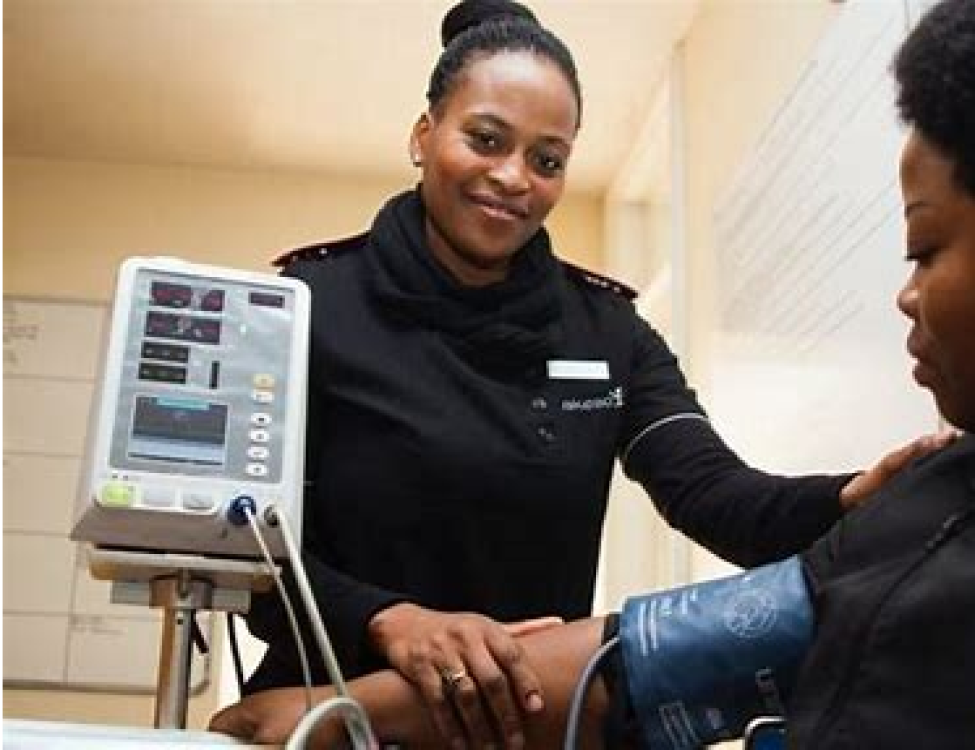Health literacy is the ability to access, understand, and use health information. Patients who don’t fully understand their diagnosis, medication instructions, or treatment options are at higher risk for complications, mismanagement, and poor outcomes. This is very true in today’s complex healthcare environment.
Bridging this communication gap becomes even more urgent in diverse populations. This is due to the intersection of language barriers, cultural beliefs, and varying education levels. To provide equitable healthcare for all, we must focus on improving health literacy across the board.
The challenge is about what healthcare providers, systems, and even patients can do to close this gap? And why is it that even highly intelligent individuals struggle with “health speak”?
A common situation
Mrs. Adebayo, a 68-year-old Nigerian woman living in the UK, was recently diagnosed with high blood pressure. Her doctor prescribed a combination of medications and explained the regimen quickly during a busy clinic day. The instructions were in English. Mrs. Adebayo nodded politely, though she wasn’t fluent.
She returned home and did what she believed was right: took all three medications at once, daily—morning and night. Within days, her blood pressure dropped dangerously low, and she ended up in the emergency department.
The issue wasn’t non-compliance or lack of intelligence—it was a communication gap. The healthcare system assumed understanding where there was confusion. The instructions were not simplified, and no one verified her comprehension.
The story highlights the issue of low health literacy in multicultural healthcare settings, particularly for populations like immigrants, older adults, and those with limited education. They often face double the burden of decoding medical terminology and interpreting prescriptions, aftercare instructions, and questions.
When understanding fails
The consequences of poor health literacy are far-reaching. Studies show that individuals with low health literacy:
-
Are more likely to be hospitalized
-
Have higher emergency care usage
-
Misunderstand medication instructions
-
Are less likely to participate in preventive services
In diverse populations, these challenges are magnified. Patients may have limited English proficiency, different cultural norms around illness, or mistrust in medical institutions. Even in high-income countries, it’s estimated that up to 50% of adults have difficulty understanding basic health information.

Let’s not forget digital health—telemedicine, apps, and patient portals—which have widened the gap for those not digitally literate.
The result? A healthcare system that unintentionally excludes the very populations it aims to serve. Miscommunication leads to poor adherence, medical errors, and increased health disparities.
And let’s be honest—healthcare professionals don’t always have the training or tools to bridge this gap. Medical jargon, rushed appointments, and systemic time pressures make it easy to overlook whether the patient actually gets it.
So what can be done?
Making health literacy work
Here are practical strategies that health systems, providers, and communities can use to boost patient understanding, especially in diverse settings:
- Use the Teach-Back Method: After explaining, ask the patient to repeat the instructions in their own words. This helps you catch misunderstandings early.
- Simplify Language: Replace complex terms with plain language. Instead of “hypertension,” say “high blood pressure.” Use short sentences.
- Leverage Multilingual Materials: Offer written instructions and videos in the patient’s preferred language. Use interpreters or multilingual staff when possible.
- Visual Aids & Infographics: People remember images better than text. Use charts, illustrations, or color-coded medication plans to clarify instructions.
- Digital Inclusion: Provide digital health tools that are user-friendly and available in multiple languages. Offer training to help patients navigate apps or portals.
- Community Health Workers & Cultural Brokers: Trained community members who understand local cultures can explain care in ways that resonate with the patient’s worldview.
- Train Providers in Cultural Competence: Equip clinicians with tools to ask the right questions, listen more, and understand the patient’s context.
The goal isn’t to “dumb things down”—it’s to make critical health information accessible to everyone. Davesdanlife can help in achieving this goal.
Understanding for Empowerment
Health literacy is a shared responsibility, empowering patients to make informed decisions and take control of their health. It's crucial for healthcare professionals to ensure patients understand their rights and responsibilities.
Health equity starts with clear communication, and it's essential to verify patients' understanding rather than assuming they do. This ensures a safer and stronger patient population.

